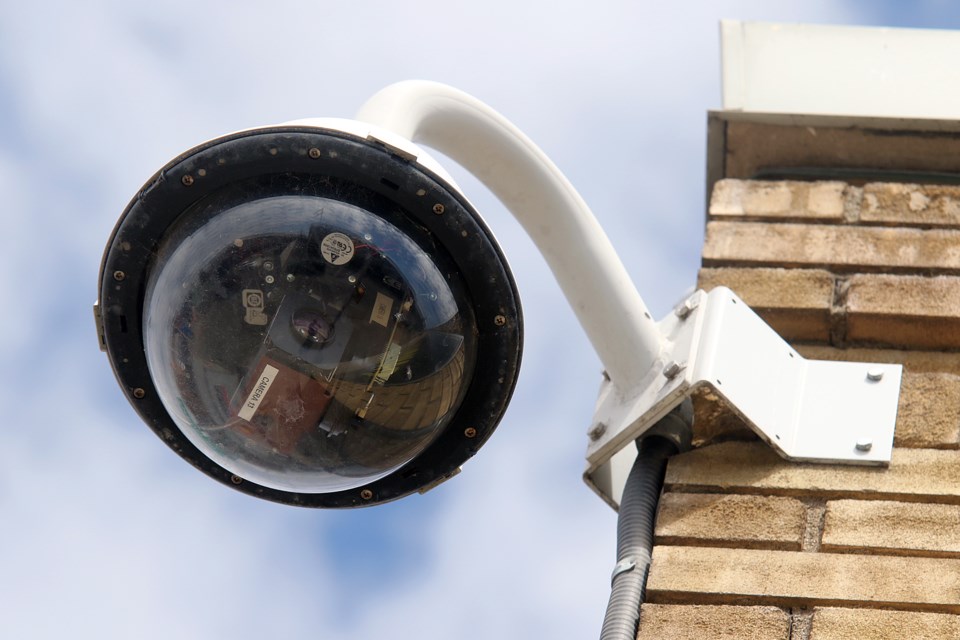THUNDER BAY -- Software using artificial intelligence to analyze video footage is already proving beneficial for investigators with the Thunder Bay Police Service.
Last fall, the Thunder Bay Police Services Board approved the use of BriefCam, a program that uses AI to analyze video footage to identity inputs, such as vehicles, clothing, or direction of travel.
The Thunder Bay Police Service implemented policies and procedures around the use of BriefCam in December and so far it has used the software in three separate sudden death investigations.
“These were investigations into deaths that involved public or common spaces where there was video, therefore the use of the tool was used to identify persons or vehicles, helping to identify witnesses, helping to establish timelines, and helping to advance the investigations,” said Det. Insp. Jeremy Pearson with the Thunder Bay Police Service.
Due to privacy, Pearson was not able to provide additional details on the specific investigations, but he said the feedback from the investigators on the use of BriefCam has been very positive.
“The feedback I received from the investigative teams that used this was that they were immediately able to identify a location of interest or a person we need to speak to, so it advanced the investigation rapidly,” he said.
“During our testing period when we were exploring the potential use of this software, we were able to analyze hours upon hours, days in fact, of video footage in a matter of hours using this software, so it does save an incredible amount of time.”
Pearson added that with more and more video surveillance systems operating in the public sphere, the amount of data and material to analyze has grown substantially, which can require a great deal of resources to review.
“It does create a massive backlog of material,” he said.
“This software allows us to search that material much more rapidly and identify points of interest. It doesn’t eliminate the investigative mind, far from it, it simply gives the investigator a place to start.”
Prior to being implemented, the police service sought public input on the use of AI in video analysis. The majority of respondents, 71 per cent, said the use of video analytics was a good idea.
Before it was approved by the police services board, policies were put in place to ensure transparency on its use, including bi-annual audits and reporting.
“One of the pieces that is very important for us and that we want the community to be aware of, is that we do not activate facial recognition and we are not using the software to actively monitor any live video,” Pearson said.
“It is simply a search tool and analysis tool that we use on video we have already obtained through the course of an investigation.”
“The way we intend to use it, it will be really beneficial to some of the investigations we have ongoing,” added Thunder Bay Police Service Chief Darcy Fleury.
“It’s going to be really beneficial. It is being really well controlled to ensure we won’t abuse it and we are really looking forward to using that tool.”
Pearson provided the police services board an update on BriefCam’s use so far and also requested the board look into amending the policy to allow the investigative supervisor to approve use of the software in addition to the branch commander.
“If it advances an investigation to a starting point, if it rapidly identifies something that needs attention, the sooner we employ the technique, the sooner we will have the result and we are going to save time,” Pearson said.
